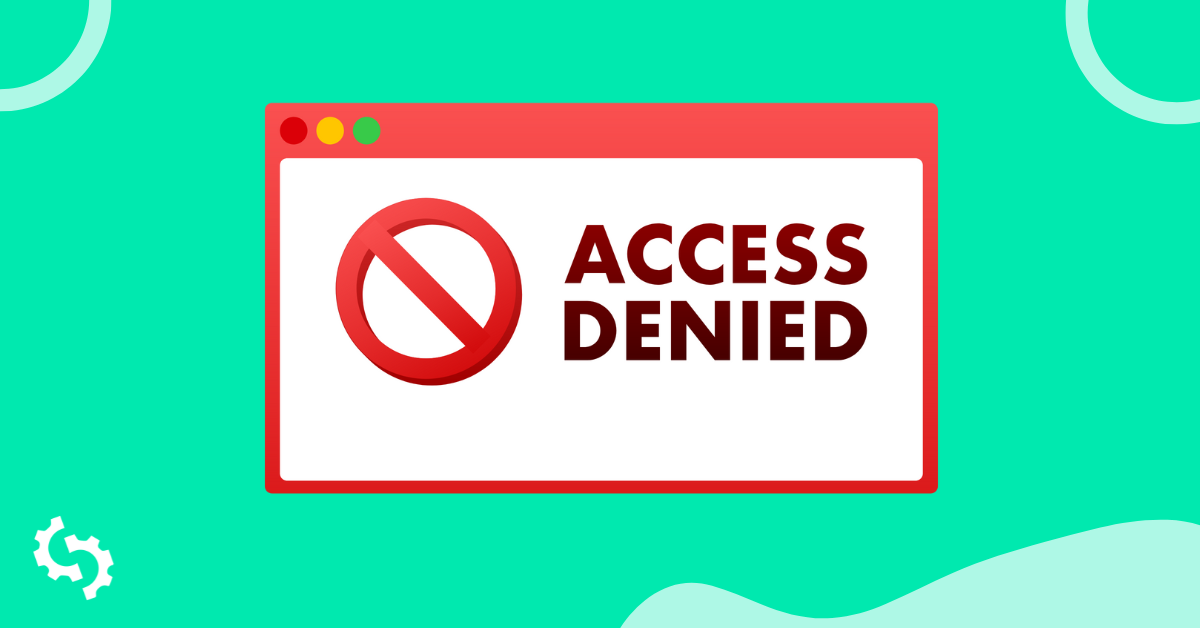
Understanding and leveraging high intent keywords is paramount to driving targeted traffic and increasing conversions. These keywords are the secret weapon of many successful marketers and SEOs.
But what exactly are high intent keywords, and how can you use them for your own SEO?
In this guide, we'll delve deep into the world of high intent keywords.
We'll provide real examples of high intent keywords, discuss their significance in your marketing strategy, and most importantly, show how you can identify these valuable search phrases to help your SEO efforts.
What are High Intent Keywords?
High intent keywords are specific search terms that people use when they're on the verge of making a purchase or taking an action.
They indicate a strong intent to buy, subscribe, sign up, or engage in a way that moves the user further down the sales funnel.
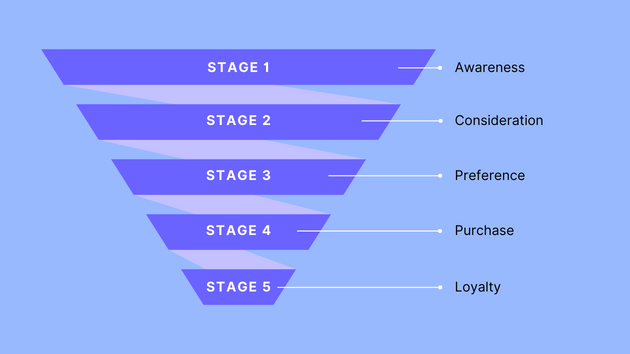
Image source: salesken
These keywords are powerful because they represent a user who has moved beyond browsing and information gathering, and is now ready to take action.
For businesses, targeting high intent keywords in their SEO strategies can lead to increased conversion rates, as they're reaching users at a pivotal point in their buying journey.
For instance, consider a user searching for "buy running shoes online". This is a high intent keyword because it shows a clear intention to make a purchase.
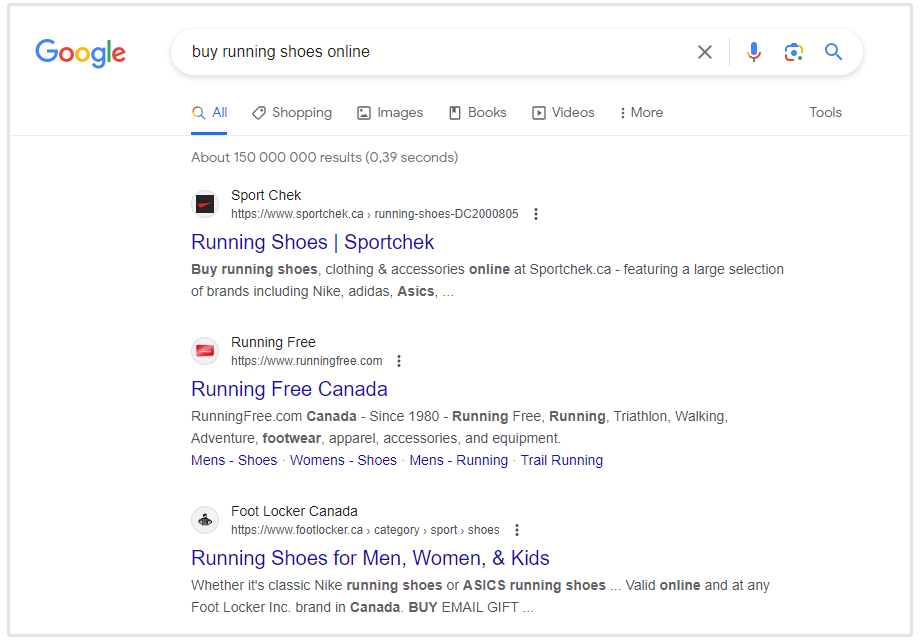
The user isn't just looking for information about running shoes; they're ready to buy them online.
Here are a few more examples of high intent keywords:
- Best digital marketing course register: The user is looking for the best digital marketing course and is ready to sign up.
- Affordable yoga mats for sale: The user is not only looking for affordable yoga mats but is also ready to make a purchase.
- Book appointment with dentist: The user intends to book an appointment, indicating a high level of commitment.
- Free e-book for healthy eating: The user is ready to download an ebook, showing their interest in engaging with the content.
By understanding and leveraging high intent keywords, businesses can target their marketing efforts towards users who are ready to convert, maximizing their chances of success.
High Intent vs Low Intent Keywords
When it comes to SEO, understanding the difference between high intent and low intent keywords is crucial.
These terms relate to the level of interest or intent a potential customer has towards making a purchase or engaging with a brand.
Low intent keywords show a more casual interest, often used by people in the earlier stages of the buying process. These keywords are typically more general and informational in nature.
For instance, "Best types of Italian leather shoes" is a low intent keyword.
Benefits of low intent keywords:
- Higher search volumes: These keywords often cover broad topics, resulting in higher search volumes.
- Brand awareness: They allow you to engage customers early in their buying journey, helping to build brand recognition and trust.
While high intent keywords are crucial for driving conversions, don't underestimate the value of low intent keywords. They have an important role in the sales funnel, especially during the awareness and discovery stages.
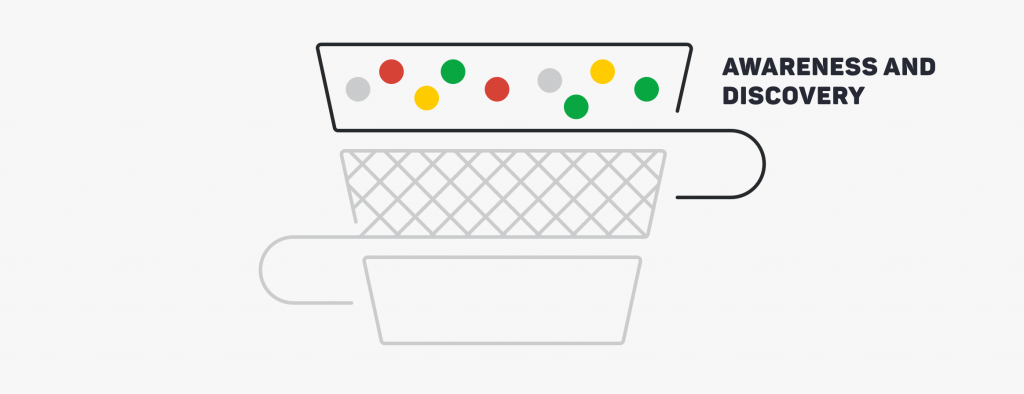
Image source: Pipedrive
By creating informative content around low intent keywords, you can attract potential customers, educate them about your products or services, and nurture them towards making a purchase.
This could be through blog posts, how-to guides, or comparison articles that answer their queries and position your brand as a trusted authority.
For example, a shoe retailer could write a blog post titled "What Shoes to Wear for a Job Interview" targeting the low intent keyword.

This helps attract potential customers, providing them with valuable information while subtly promoting the retailer's products.
A balanced SEO strategy should incorporate both high and low intent keywords. High intent keywords help capture ready-to-buy customers, while low intent keywords play a crucial role in attracting and nurturing potential customers early in their buying journey.
High Intent Keywords in Local SEO
For local businesses, the power of high intent keywords cannot be overstated.
With local SEO, the goal is not just to drive traffic, but to attract potential customers who are ready to engage with your business. This is where high intent keywords come into play, acting as a beacon to guide these ready-to-act customers straight to your door.
High intent keywords in local SEO often incorporate location-specific terms, creating a targeted approach that attracts users who are actively seeking products or services in a specific area.
By ranking for high intent local keywords, businesses can significantly increase their visibility to a highly relevant audience, leading to improved conversion rates and ROI.
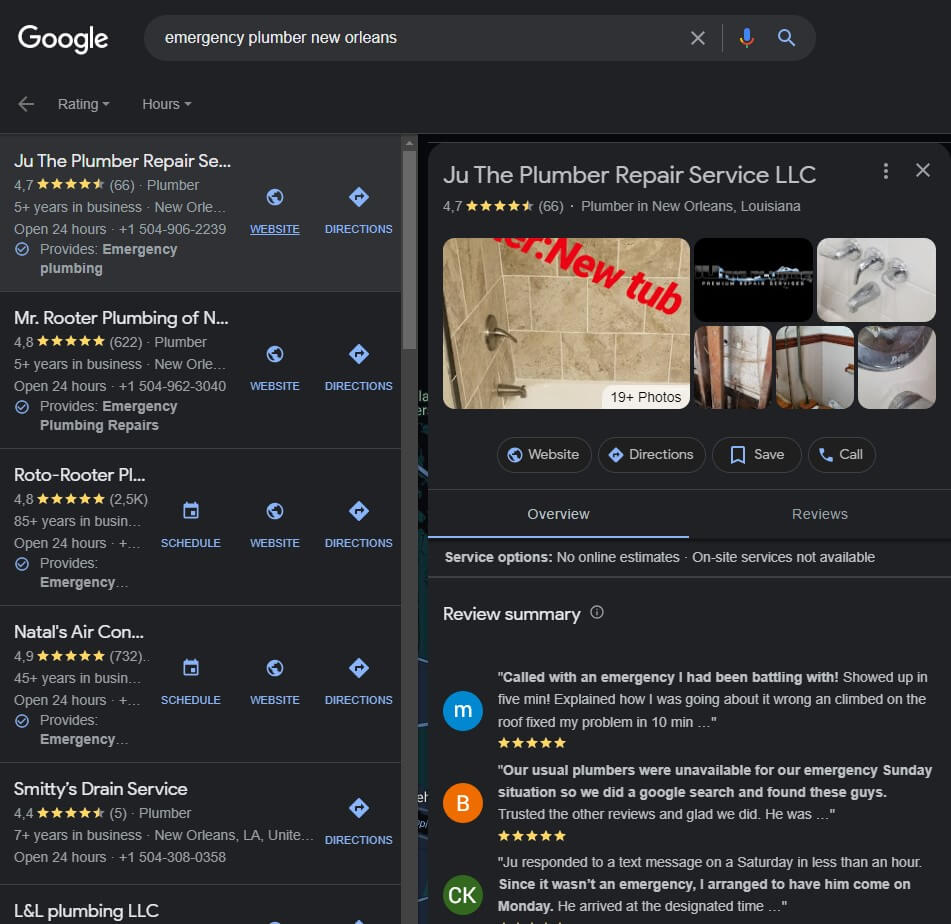
Let's explore some examples:
- Buy organic coffee beans in New York: This keyword is location-specific and indicates an intent to purchase, making it a high intent local keyword.
- Emergency plumber New Orleans: This keyword is not only location-specific but also shows urgency, indicating the user is likely ready to hire a plumber immediately.
- Best Italian restaurant near me for dinner tonight: Here, the user isn't just browsing for Italian restaurants; they're looking to make a reservation for dinner tonight.
- Affordable wedding photographer Los Angeles: This phrase is a strong high intent keyword. The searcher is not merely looking for information about wedding photographers, but is also specifying affordability and a specific location.
By strategically incorporating high intent keywords into your local SEO strategy, you position your business in front of users who are not only interested in your product or service, but who are also ready to take action - a powerful combination for driving conversions and boosting business growth.
How to Find High Intent Keywords?
Finding high intent keywords is a crucial part of your SEO strategy, and while it may seem like a daunting task, it can be accomplished with a few steps.
Here's how:
Understand Your Audience
The first step in finding high intent keywords is to understand your audience thoroughly. What are they looking for?
What terms are they likely to use when they're ready to make a purchase or take action? Use this insight as a basis for your keyword research.
Use Keyword Research Tools
Tools like Google's Keyword Planner or SEOptimer's keyword research tool can help you identify high intent keywords related to your business.
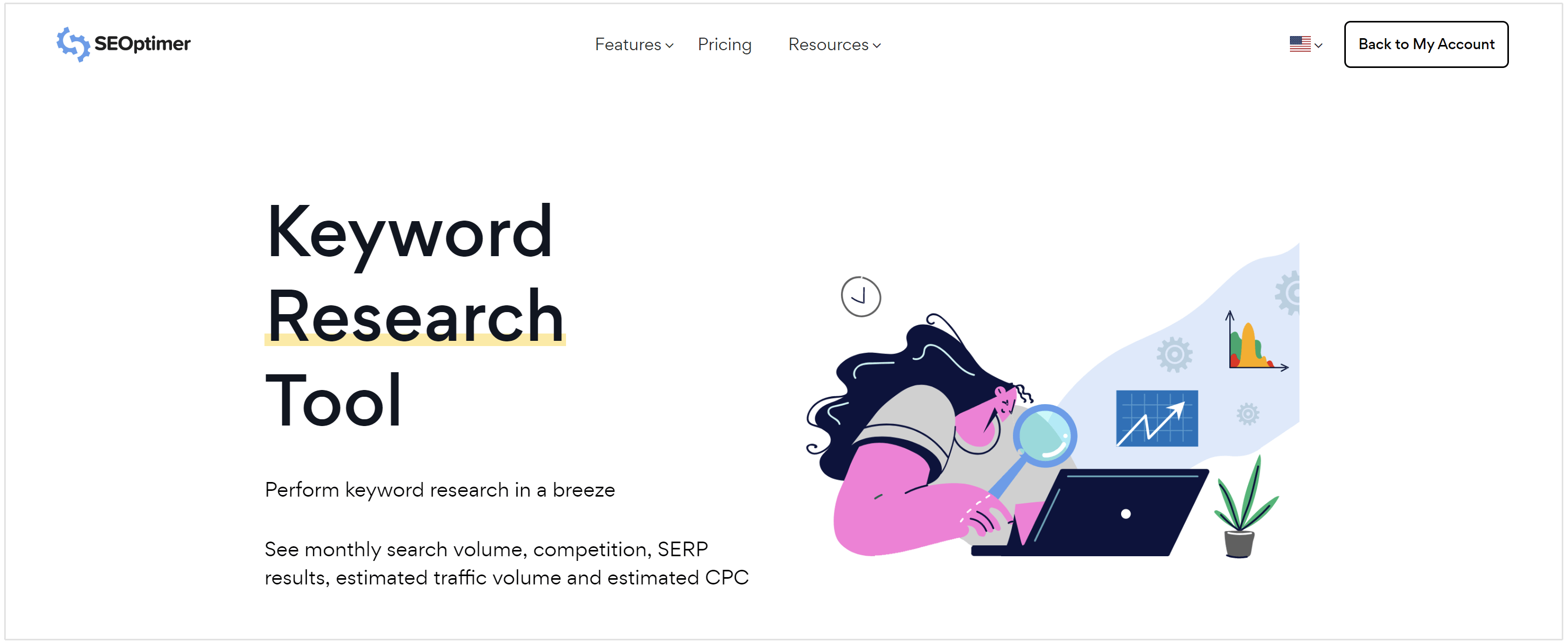
Look for keywords with a high cost per click (CPC) and strong commercial intent. These are indicators that the keyword leads to high conversions.
Analyze Your Competitors
Look at what keywords your competitors are ranking for. If they're seeing success with certain high intent keywords, it might be worth incorporating these into your strategy as well.
Consider Long-Tail Keywords
High intent keywords are often long-tail, meaning they're longer, more specific phrases.
For example, "buy black leather office chair" is a long-tail, high intent keyword because it shows a clear intention to purchase.
Look for Buying Words
Keywords that include words like "buy," "order," "purchase," or "hire" are typically high intent. Similarly, keywords that include "near me" or specific locations can also signal high intent.
Track & Refine
Once you've identified potential high intent keywords, track their performance over time. Are they driving conversions? If not, it may be time to refine your approach and try new keywords.
Remember, the goal isn't just to drive traffic with these keywords; it's to attract users who are ready to take action. By focusing on high intent keywords, you can increase the likelihood of converting your website visitors into customers.
Note: you can track the performance of your SEO rankings with SEOptimer’s keyword tracking tool. This tool will help you monitor changes in your keyword rankings over time.
![]()
How to Use High Intent Keywords in Your SEO Strategy
Implementing high intent keywords in your SEO strategy isn't about pasting exact phrases all over your digital assets. It's about understanding the intent behind these keywords and incorporating relevant, natural variations into your content.
Imagine trying to use a keyword like "Best Italian restaurant near me for dinner tonight" on your website or Google My Business profile.
Not only would this be impractical, but it could also come off as spammy and forced.
Search engines value content that is useful and relevant to users, and keyword stuffing can actually harm your SEO efforts.
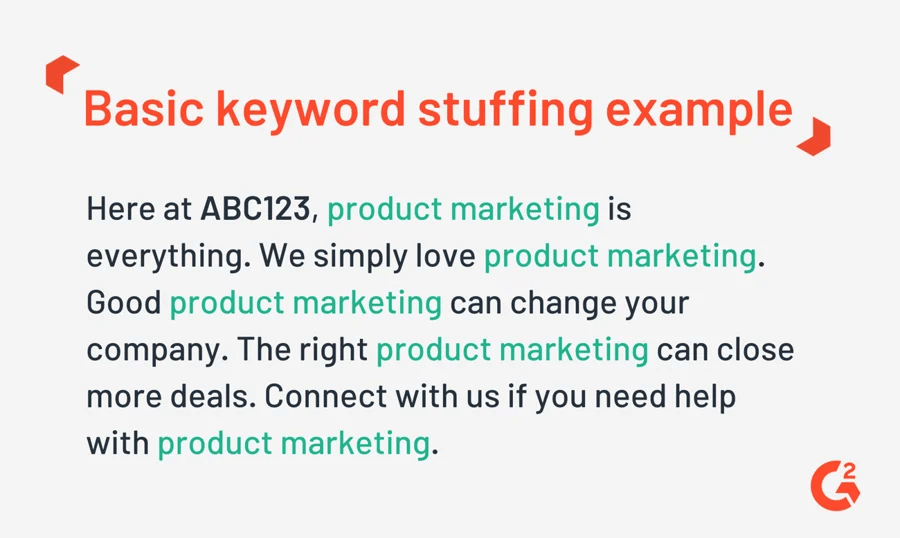
Instead, you need to interpret the intent behind such a keyword.
It tells you that people are looking for an Italian restaurant, they're interested in having dinner, and they want the best place possible. With this information, you can create content and pages that address these needs without resorting to awkward keyword placement.
Here's how you might go about this:
Website Content
Write blog posts about your delicious dinner menu, highlighting your Italian specialties. Use phrases like "Experience one of the top Italian dinners in town" or "Join us for an unforgettable Italian dinner experience."
You might also want to add the name of your town or city so that Google understands the geographical location of your business.
Google My Business Profile
In your business description, mention that you offer a fantastic dinner experience with a variety of Italian dishes. This can be done in your business description and by creating Google Posts that reflect this message.
Meta Descriptions and Title Tags
Incorporate phrases like "premium Italian dinner" or "top-rated Italian cuisine" into your meta descriptions and title tags.
The key here is to be aware of high intent keywords, understand what they're telling you about your audience, and then create content that speaks to these needs.
By doing so, you'll not only improve your local SEO strategy but also provide valuable content that resonates with your audience and encourages them to take action.
Conclusion
Understanding and strategically implementing high intent in your SEO strategy is essential for online success.
By appreciating the nuances of these keywords, you can create content that aligns with your audience's needs at every stage of their buying journey. This approach not only optimizes your visibility on search engines but also builds trust with your audience, ultimately leading to higher conversions and customer loyalty.
Remember, your goal is to provide value, and by doing so, you're not just optimizing for search engines but for success.



